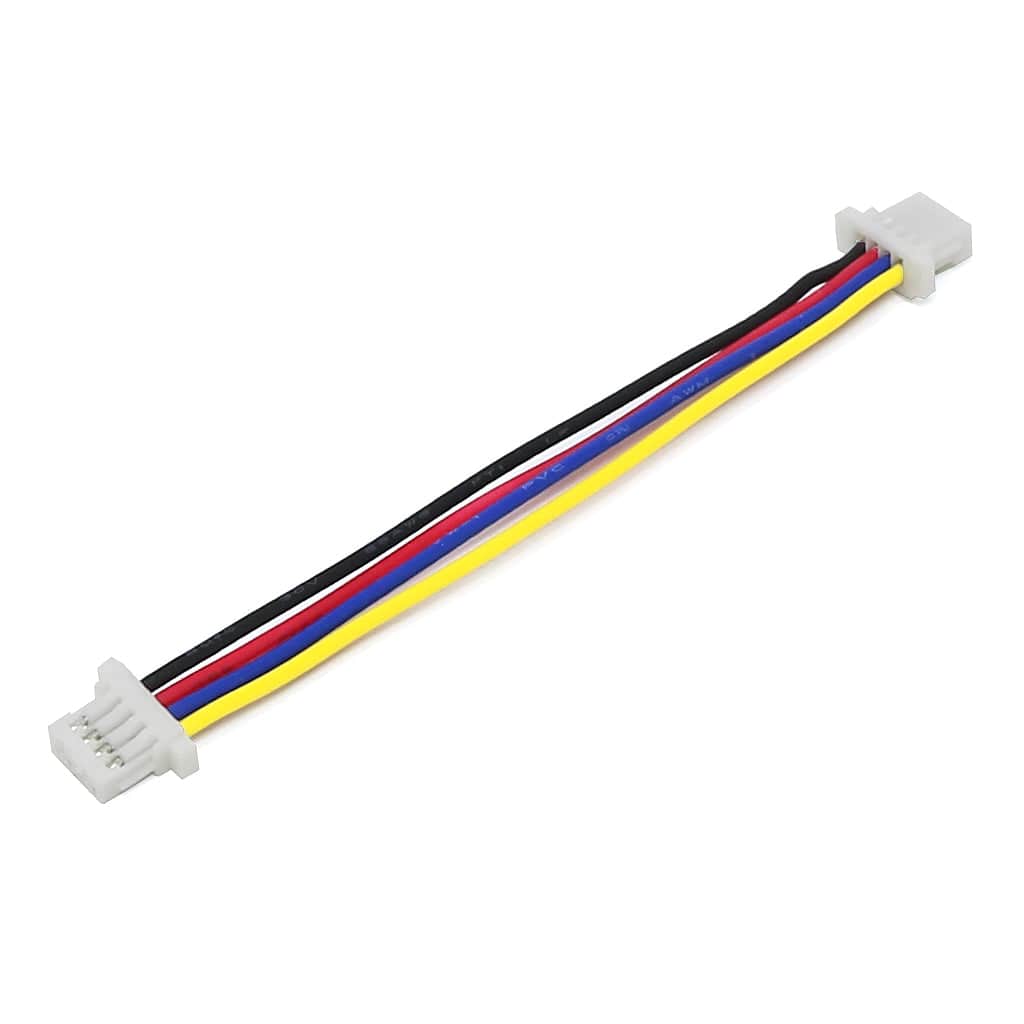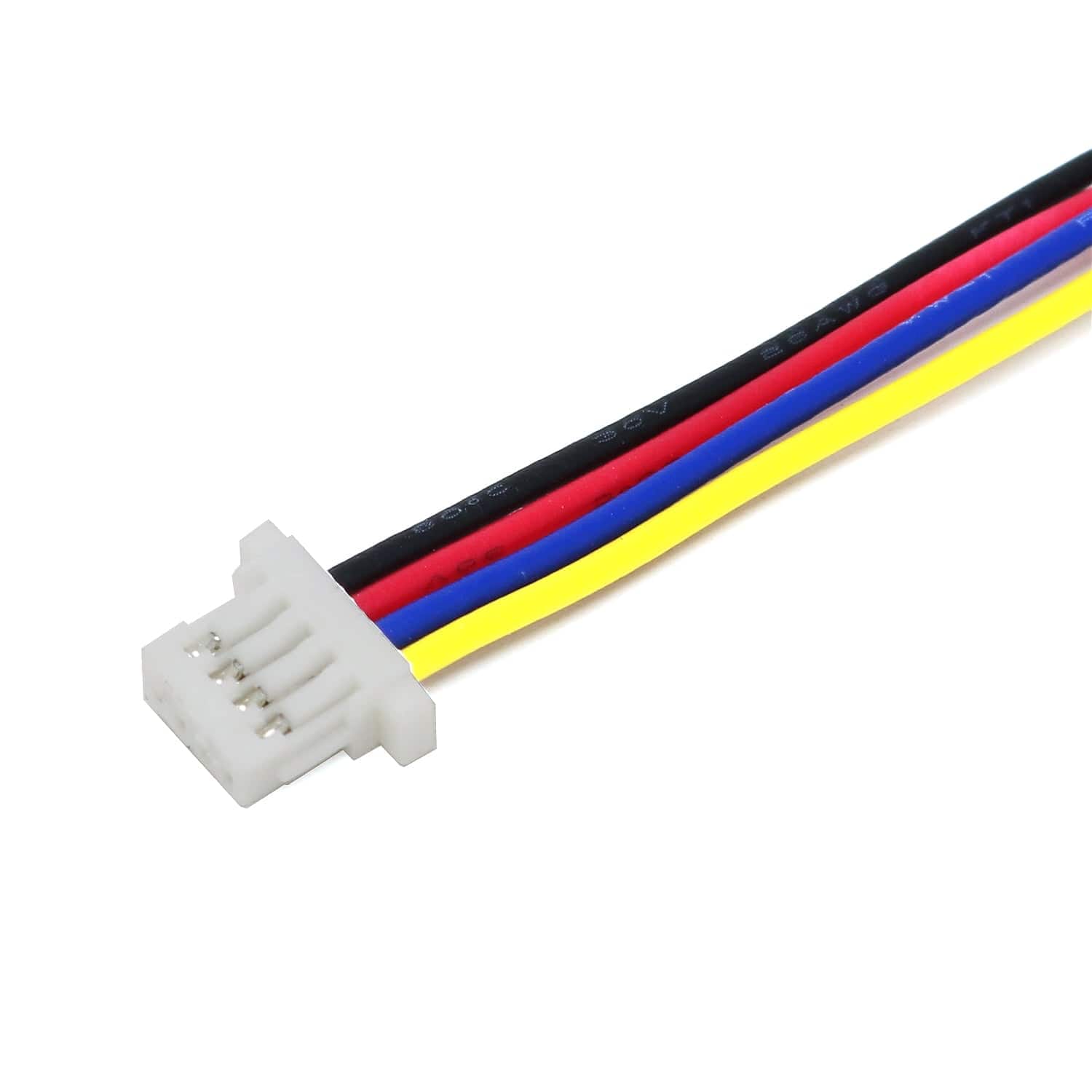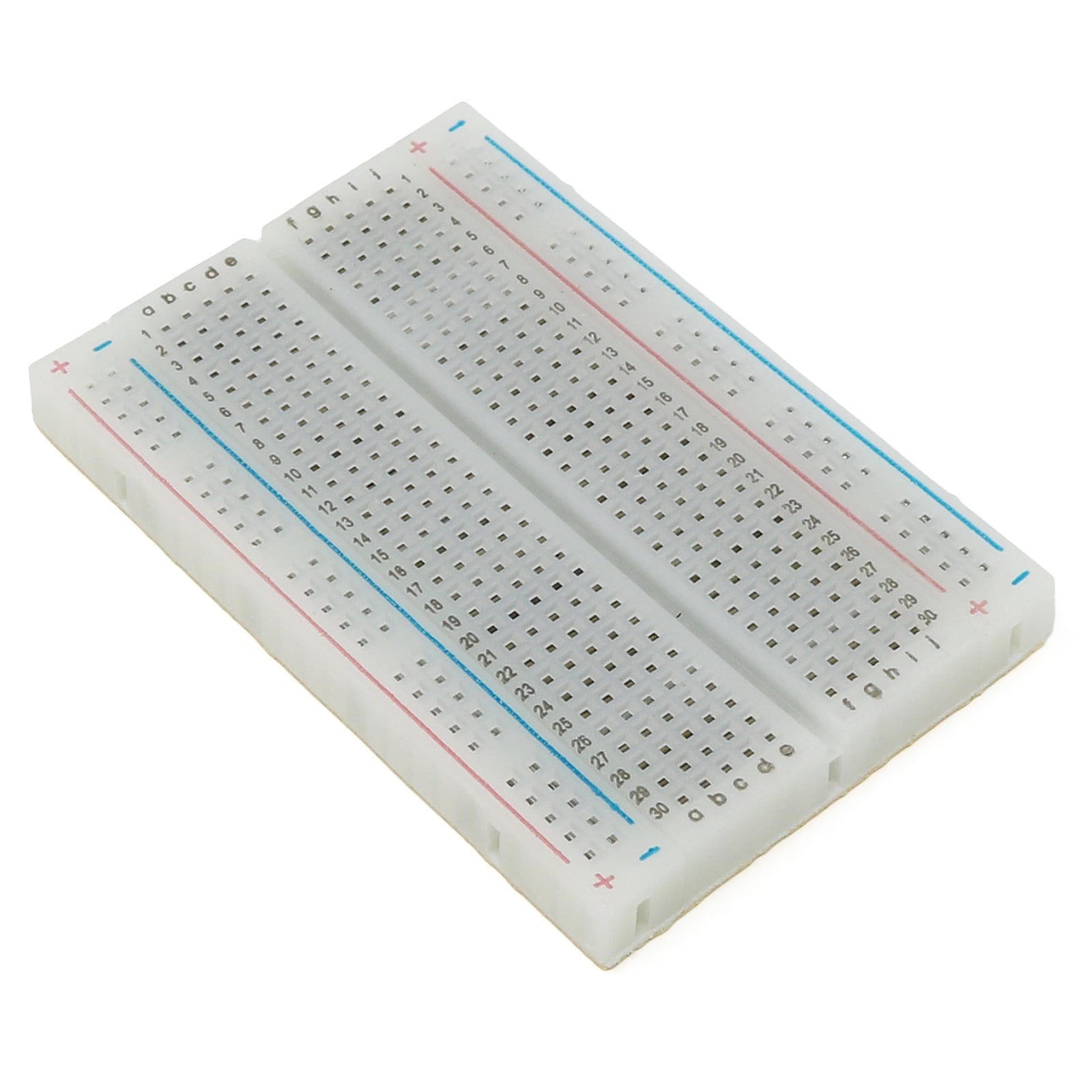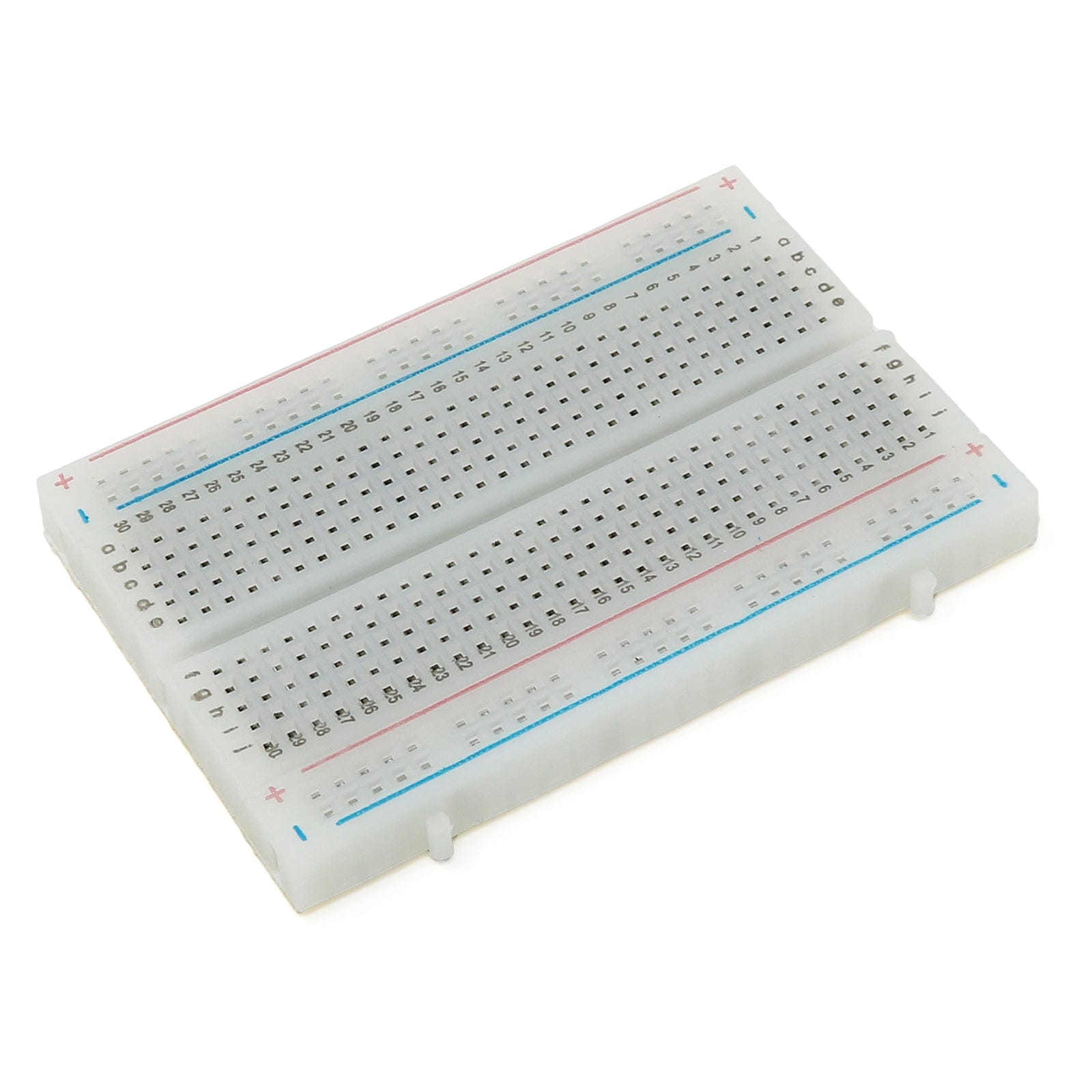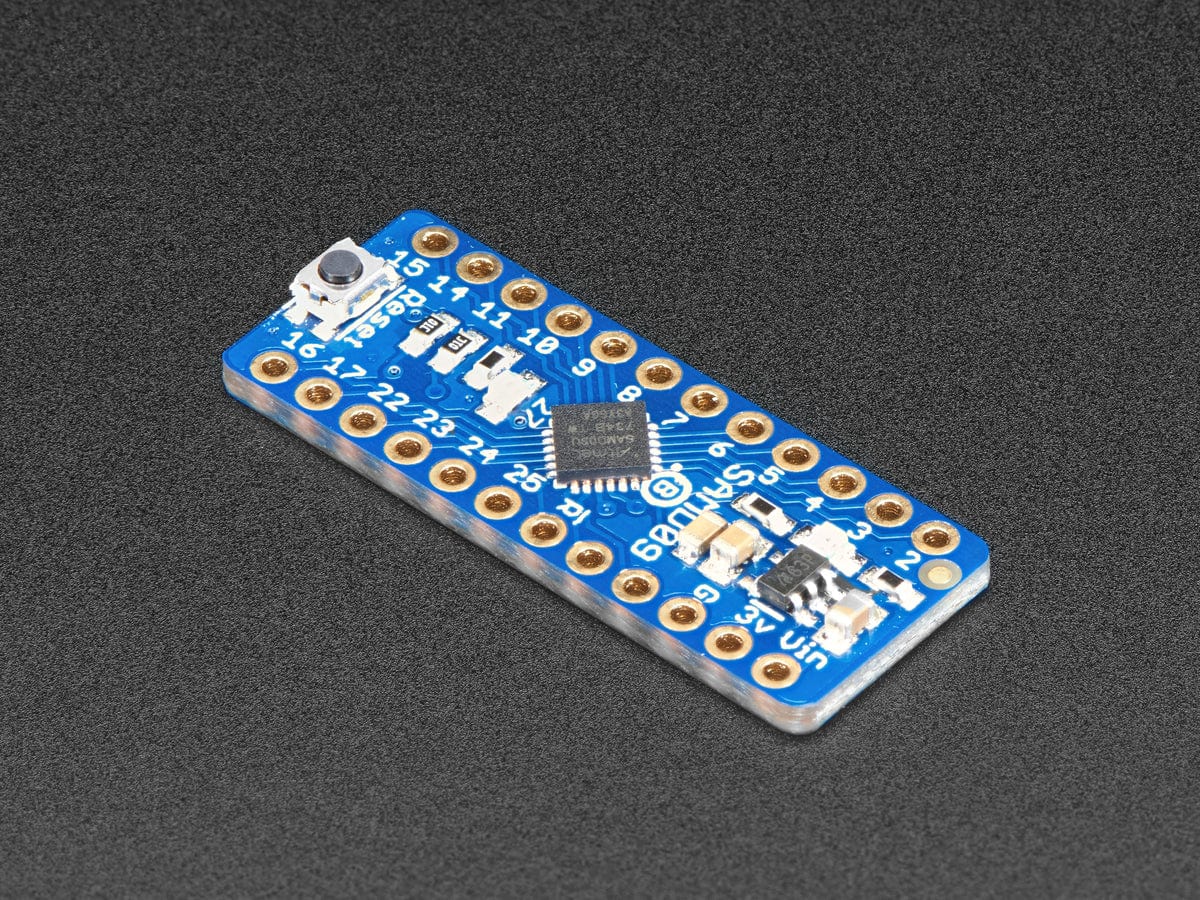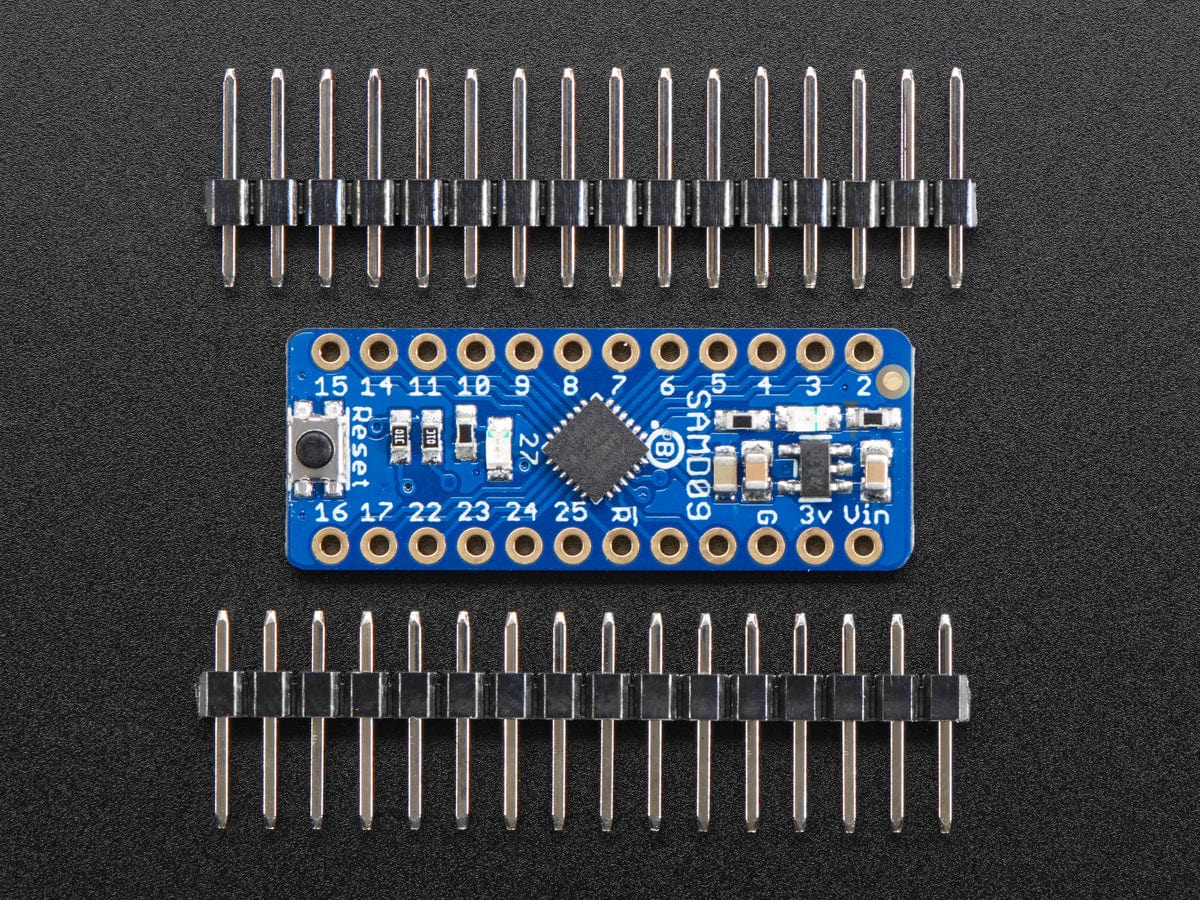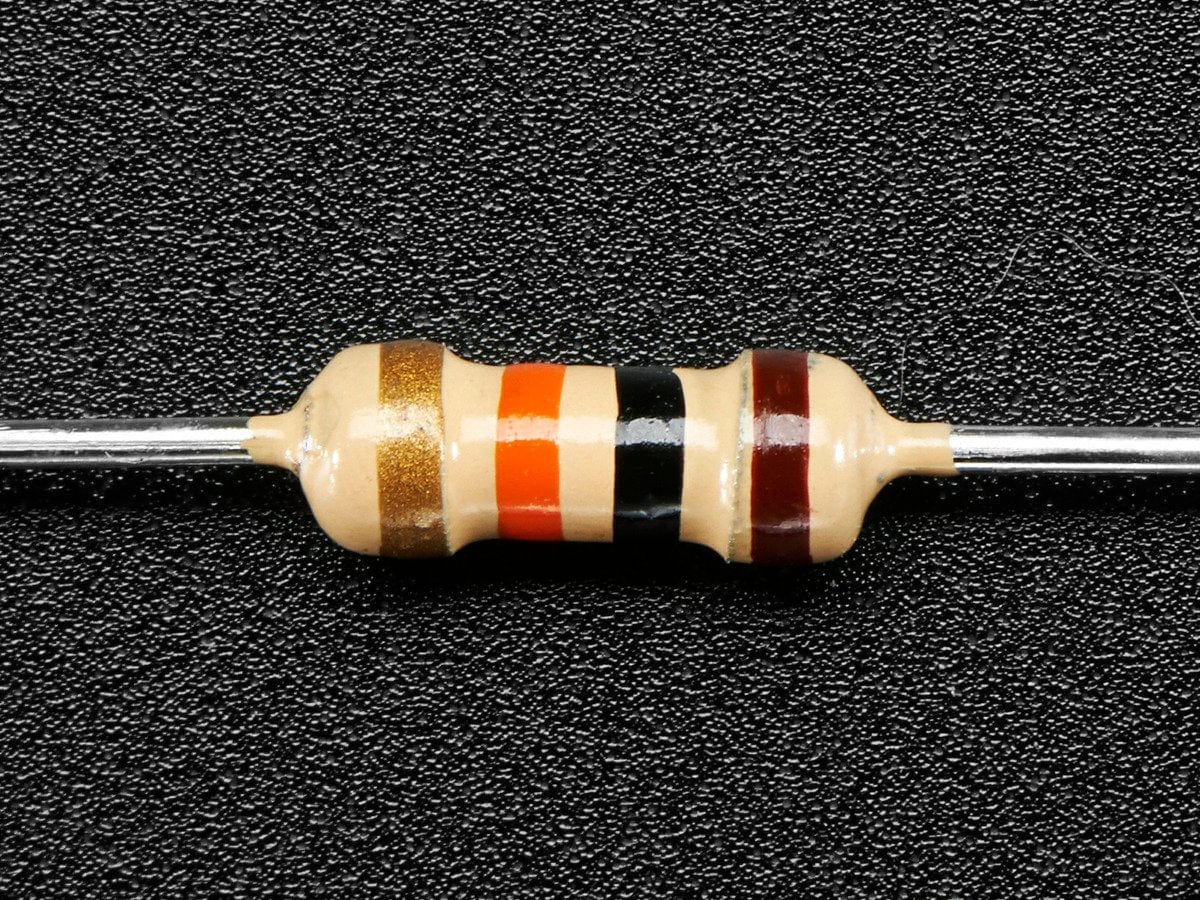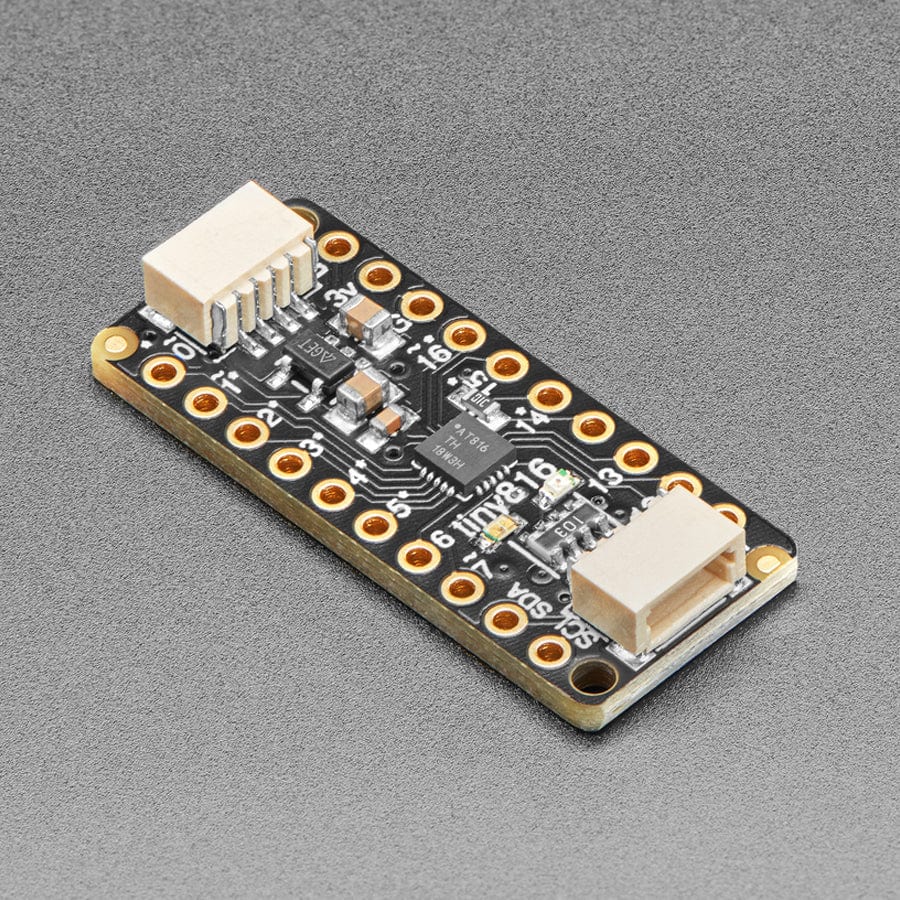
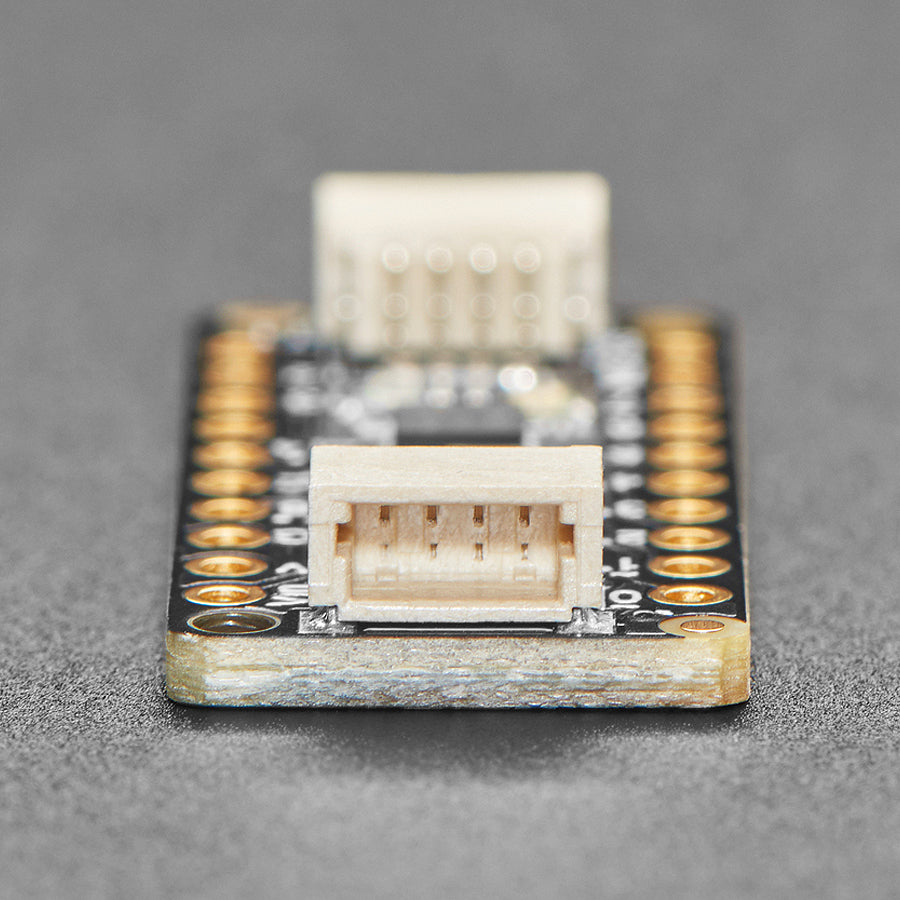
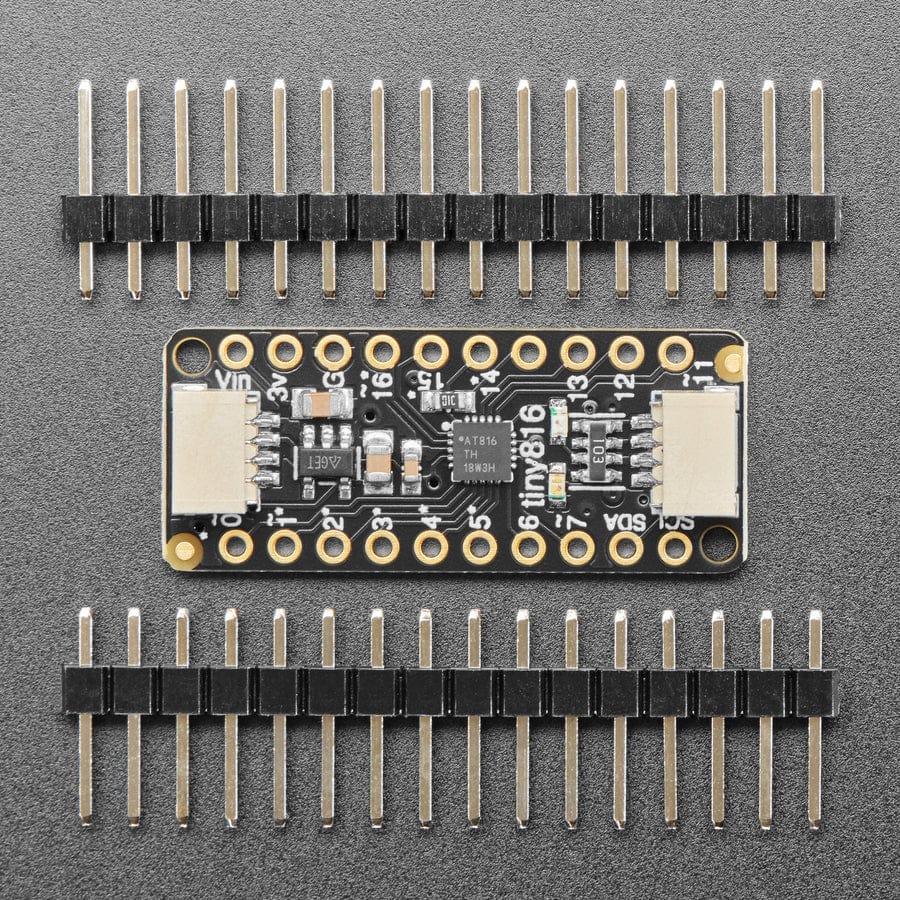
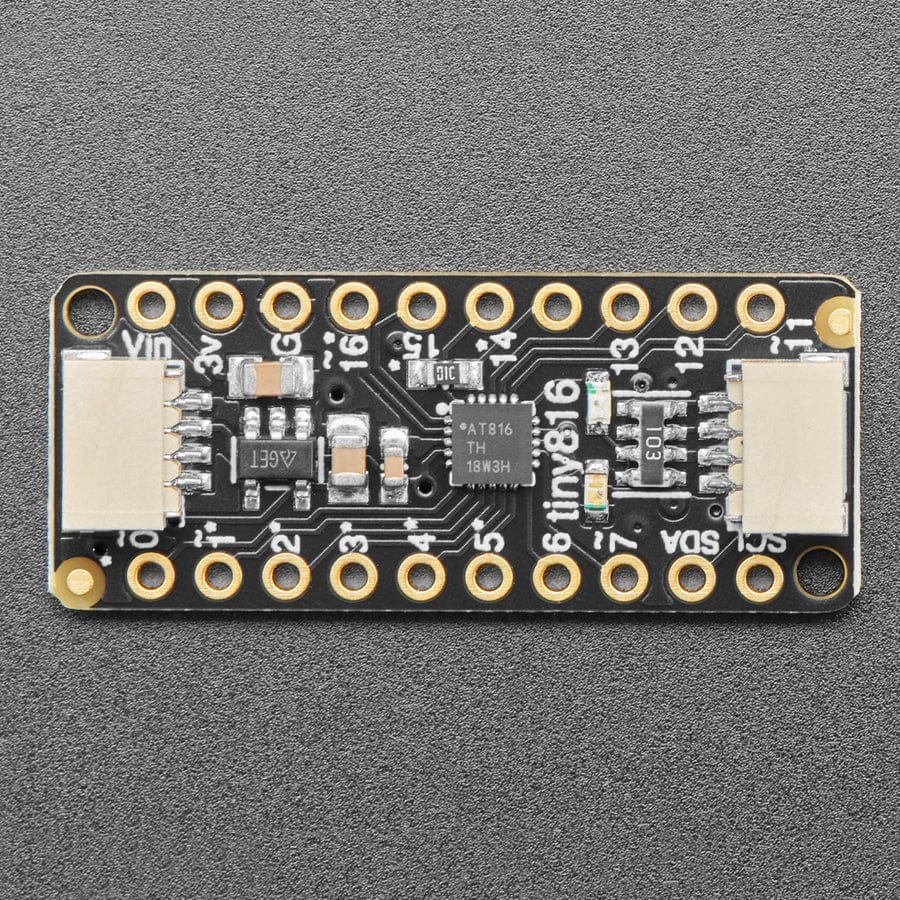
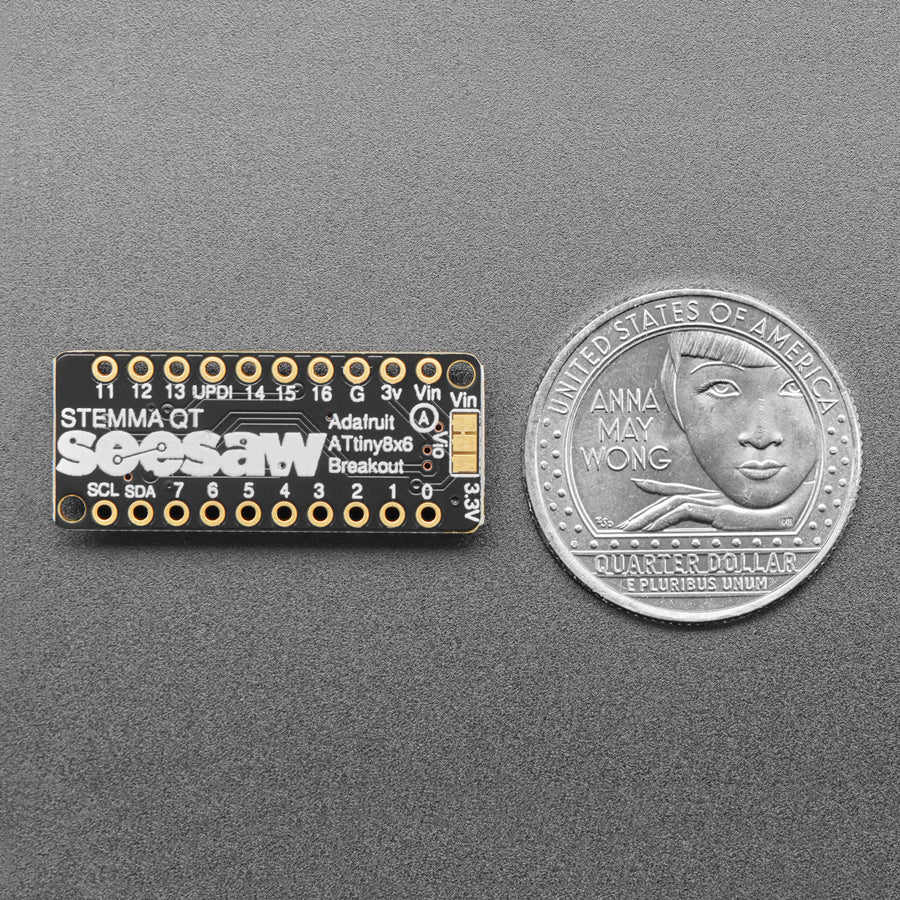
Login / Signup
Cart
Your cart is empty
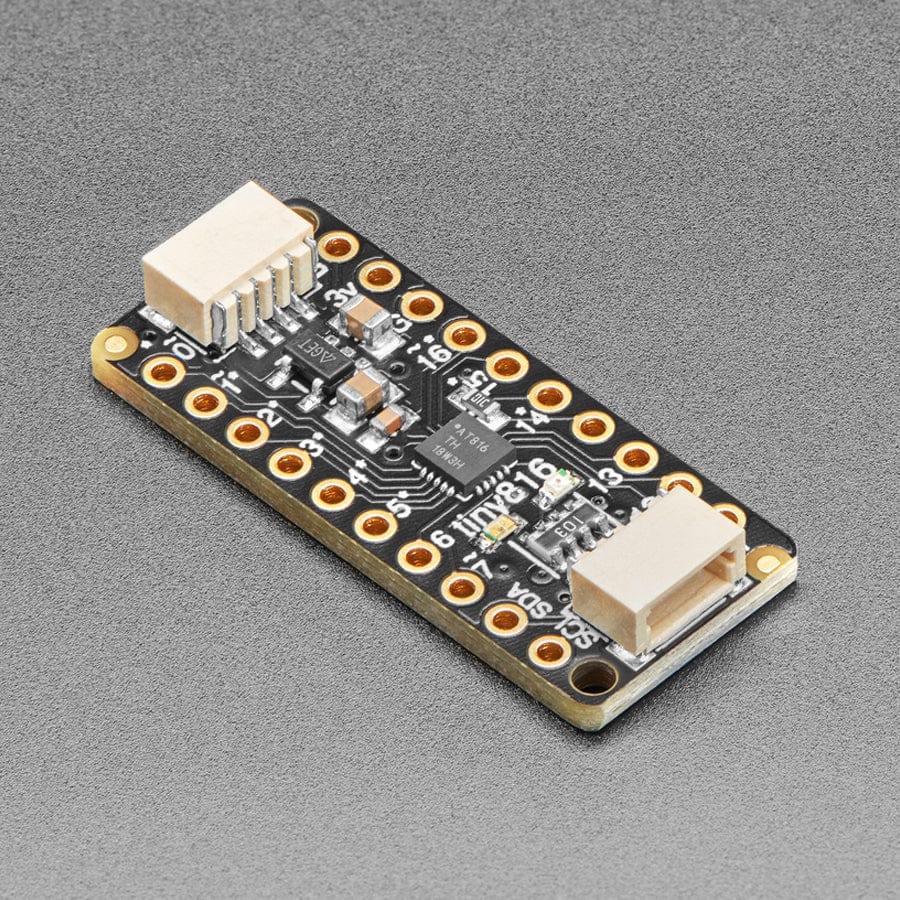
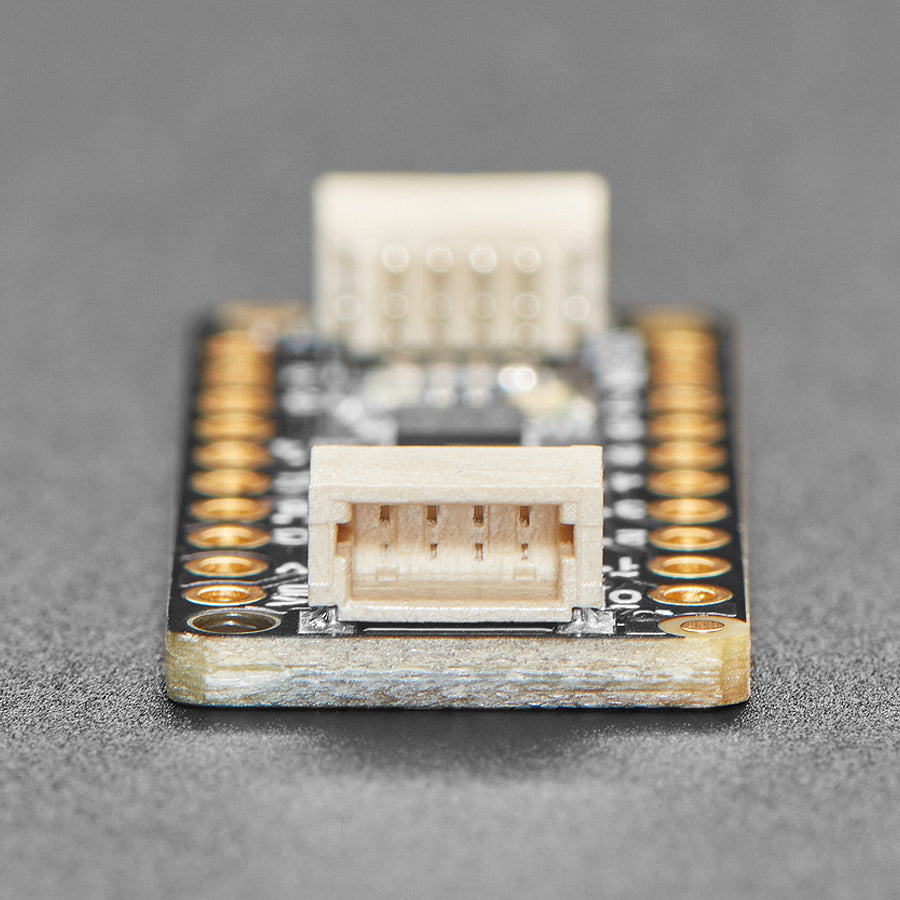
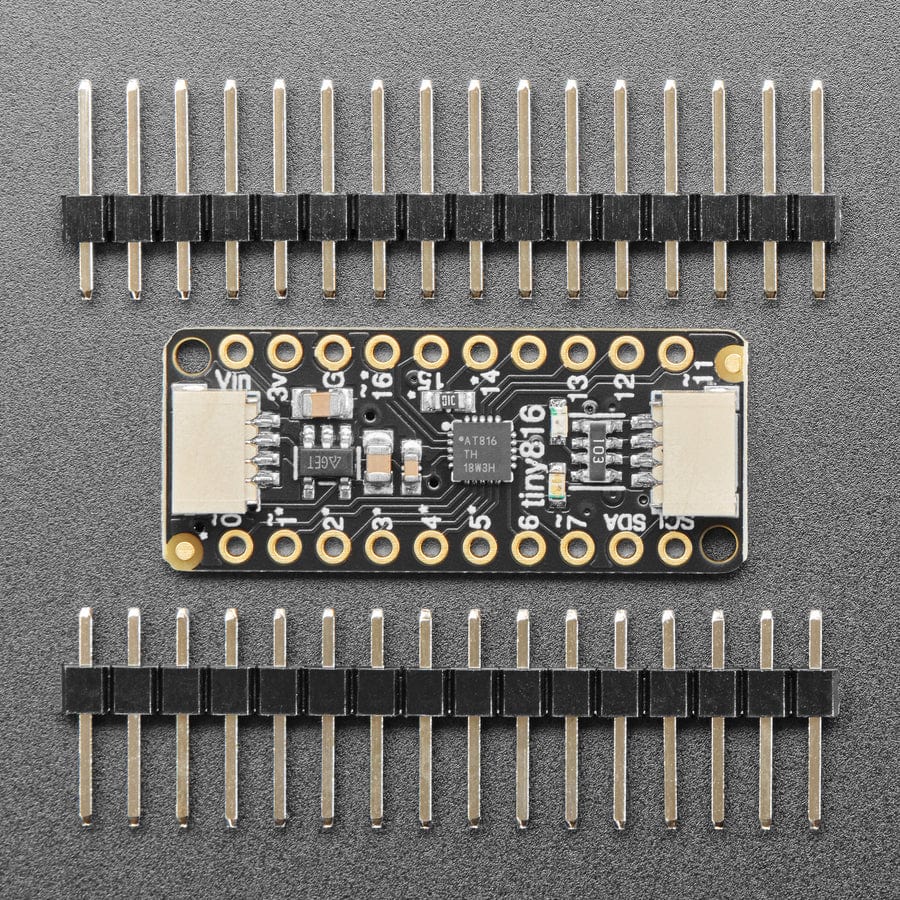
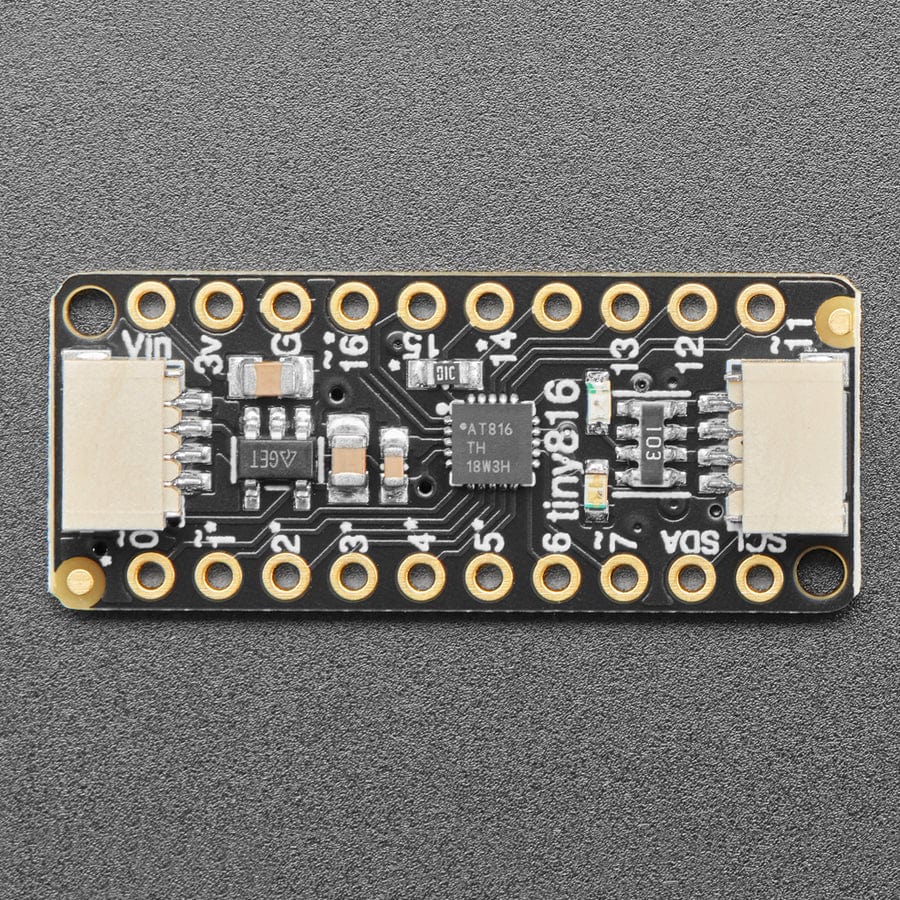
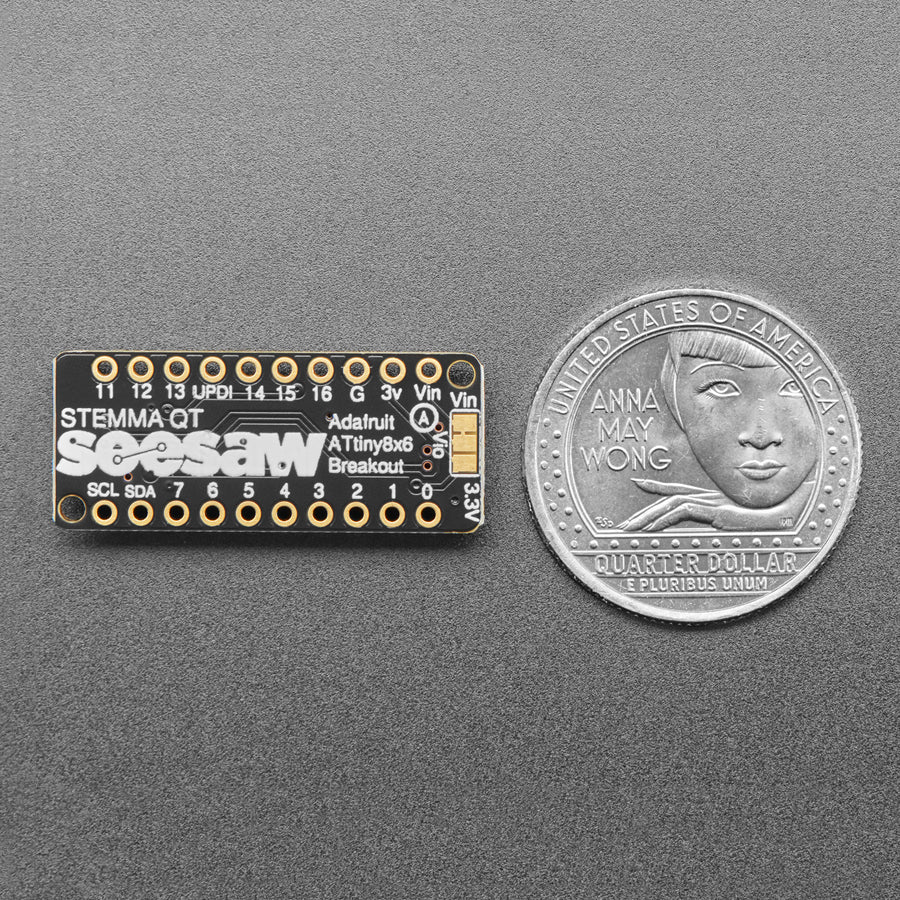
This breakout board is a "three in one" product:
The ATtiny816 is part of the 'next gen' of AVR microcontrollers, and now we have a cute development/breakout board for it, with just enough hardware to get the chip up and running.
It's also an Adafruit seesaw board. Adafruit seesaw is a near-universal converter framework which allows you to add and extend hardware support to any I2C-capable microcontroller or microcomputer. Instead of getting separate I2C GPIO expanders, ADCs, PWM drivers, etc, seesaw can be configured to give a wide range of capabilities.
Finally, with STEMMA QT connectors on it, you could use it as either an I2C controller or peripheral with plug-and-play support.
We primarily designed this board for our own use: it's a mini dev board that lets us design with the ATtiny816 just like we did for the ATSAMD09. With the 2021-2022 silicon shortage, we're adapting some of our SAMD09 designs to the ATTiny8xx series and wanted a quick minimal board to test code on.
Each breakout comes with the assembled and tested board, as well as some header strips. Each PCB is fairly minimal and contains:
This board comes pre-programmed with seesaw peripheral code that will let it act as an "I2C to something" converter, basically, a little I2C-controlled friend to do all the timing-sensitive things many microcontrollers and microcomputers are not good at.
For example, using this breakout with the pre-burned seesaw firmware gives you
Of course, you can configure or reprogram the chip to however you want to use it - we like using SpenceKonde's megaTinyCore which brings Arduino peripheral support to this series of chips. To program the chip you will need a 'UPDI' programmer, which you can make with a USB-to-Serial cable and a single 4.7K or 10K resistor.
Please note: The boards do NOT come with a bootloader. If you want to do development on seesaw (e.g. changing the configuration) you need a separate UPDI programming setup! The firmware we put on is available as this example sketch, compiled using the megaTinyCore. We don't provide any support for custom builds of seesaw - we think this is cool and useful for the Maker community!
For more details including the documentation on how to use seesaw, libraries for Arduino/CircuitPython/Raspberry Pi Python, schematics, and more check out the Adafruit seesaw guide.






